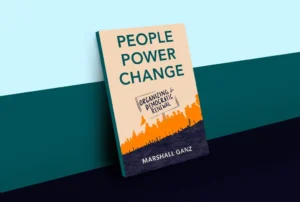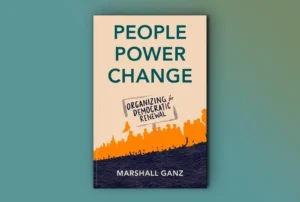January 8, 2013; Source: New York Times
The Pew Research Center heralded, six months ago, the rise of Asian Americans, noting that they are “the highest-income, best-educated and fastest-growing racial group in the United States. They are more satisfied than the general public with their lives, finances and the direction of the country, and they place more value than other Americans do on marriage, parenthood, hard work and career success.”
Sign up for our free newsletters
Subscribe to NPQ's newsletters to have our top stories delivered directly to your inbox.
By signing up, you agree to our privacy policy and terms of use, and to receive messages from NPQ and our partners.
This perpetuation of the model minority myth – as not all Asian Americans are wealthy, healthy and wise – continues in a recent New York Times article which announces the arrival of the Asian American philanthropic class: affluent immigrants and their children who have joined other one or two percenters in bailing others out via their noblesse oblige. The article describes “elegant galas” where wealthy Koreans “dined on beef tenderloin with truffle butter, bid on ski and golf vacations in a charity auction, and gave more than $1 million to a nonprofit group.” The article goes on to note that wealthy Asian Americans are also looking beyond their communities and generously donating to “prestigious universities, museums, concert halls and hospitals — like Yale University and the Metropolitan Museum of Art.” It isn’t difficult to imagine the impetus. They have indeed arrived and want to see their names on donor lists and placards along with other fabulously rich Americans.
We live in a free country and people are free to choose how to spend their money. However, charitable deductions are lost government revenue which could be used on programs and services that benefit struggling Americans. Institutions like Yale are more than adequately endowed. Smaller nonprofits, including less pedigreed colleges, are in more dire need of donations. Community-based nonprofits that pull up those Asian Americans who are not so fortunate could use more dollars from those Asian Americans who have “made it.” Perhaps these new members of the elite donor club would consider focusing their largesse on organizations that might not be as glamorous but that address the ongoing issues and unmet needs of the Asian American community. – Erwin de Leon












